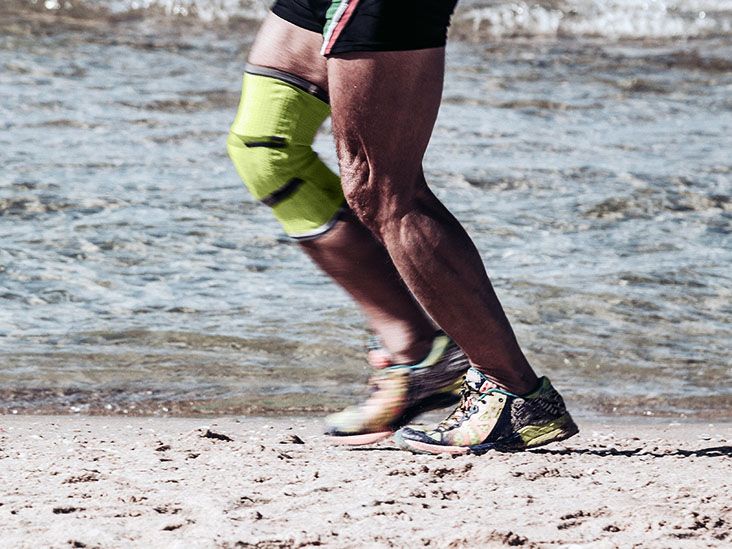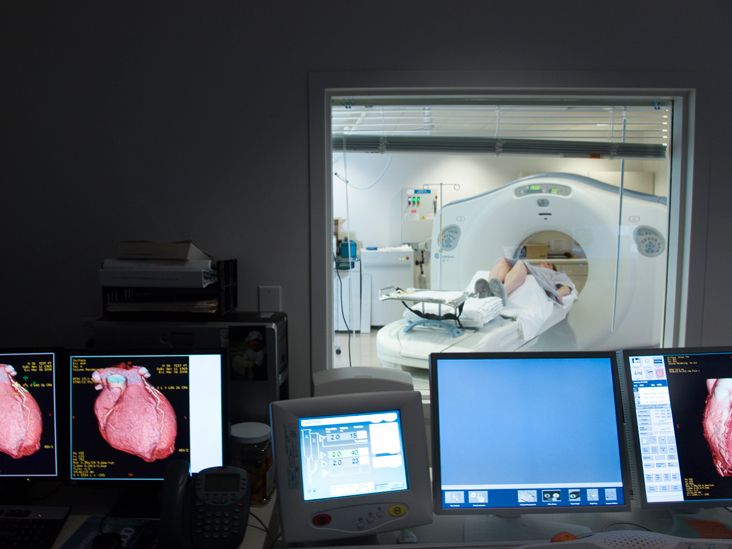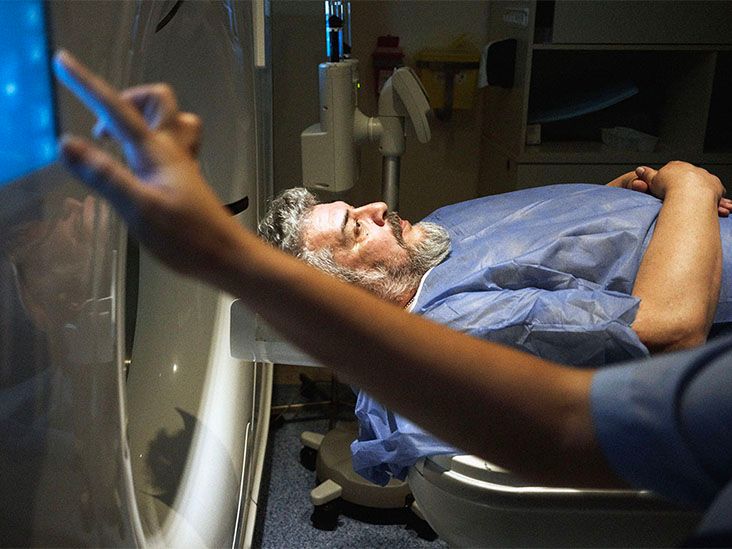Cardiac muscle tissue, or myocardium, is a type of muscle tissue that forms the heart. It contracts and releases involuntarily and keeps the heart pumping blood around the body.
The human body contains three kinds of muscle tissue: skeletal, smooth, and cardiac. Only cardiac muscle tissue, comprising cells called
In this article, we discuss the structure and function of cardiac muscle tissue. We also cover medical conditions that can affect this muscle tissue and tips for keeping it healthy.
Muscle is fibrous tissue that contracts to produce movement. There are three types of muscle tissue in the body: skeletal, smooth, and cardiac. Cardiac muscle is highly organized and contains many types of cells, including fibroblasts, smooth muscle cells, and cardiomyocytes.
Cardiac muscle only develops in the heart. It contains cardiac muscle cells, which perform highly coordinated actions that keep the heart pumping and blood circulating throughout the body.
Unlike skeletal muscle tissue, which is present in the arms and legs, cardiac muscle tissue produces involuntary movements. This means they are automatic, and a person cannot control them.
The heart also contains specialized types of cardiac tissue containing
Pacemaker cells generate electrical impulses, or action potentials, that tell cardiac muscle cells to contract and relax. The pacemaker cells control heart rate and determine how fast the heart pumps blood.
Cardiac muscle tissue gets its strength and flexibility from its interconnected cardiac muscle cells, or fibers.
Most cardiac muscle cells contain one nucleus, but some have two. The nucleus houses all of the cell’s genetic material.
Cardiac muscle cells also contain mitochondria, which many people call the powerhouses of the cells. These are organelles that convert oxygen and glucose into energy in the form of
Cardiac muscle cells appear striated or striped under a microscope. These stripes occur due to alternating filaments that comprise myosin and actin proteins. The dark stripes indicate thick filaments that comprise myosin proteins, while the thin, lighter filaments contain actin.
When a cardiac muscle cell contracts, the myosin filament pulls the actin filaments toward each other, which causes the cell to shrink. The cell uses ATP to power this contraction.
A single myosin filament connects to two actin filaments on either side, forming a single unit of muscle tissue known as a
Intercalated discs connect cardiac muscle cells. Gap junctions inside the intercalated discs relay electrical impulses from one cardiac muscle cell to another.
Desmosomes are other structures within intercalated discs that help hold cardiac muscle fibers together.
Cardiomyopathy refers to a group of medical conditions that affect cardiac muscle tissue and impair the heart’s typical ability to pump blood or relax.
Some common symptoms of cardiomyopathy
- difficulty breathing or shortness of breath
- fatigue
- swelling of the legs, ankles, and feet
- inflammation in the abdomen or neck
- irregular heartbeat
- heart murmurs
- dizziness or lightheadedness
- chest pain
Factors that can increase a person’s risk of cardiomyopathy
- diabetes
- thyroid disease
- conditions that can lead to cardiomyopathy, such as coronary heart disease or a heart attack
- chronic high blood pressure
- infections that inflame the heart muscle
- valvular disease of the heart
- heavy alcohol consumption
- a family history of cardiomyopathy
- age
A heart attack due to a blocked artery can cut off the blood supply to certain areas of the heart. Eventually, the cardiac muscle tissue in these areas will start to die.
The death of cardiac muscle tissue can also occur when the heart’s oxygen demand exceeds the oxygen supply. This causes the release of cardiac proteins such as
Some examples of cardiomyopathy include:
Dilated cardiomyopathy
Dilated cardiomyopathy causes the cardiac muscle tissue of the left ventricle to stretch and the heart’s chambers to dilate.
Hypertrophic cardiomyopathy
Restrictive cardiomyopathy
Restrictive cardiomyopathy (RCM) refers to when the walls of the ventricles
Arrhythmogenic right ventricular dysplasia
This rare form of cardiomyopathy
Transthyretin amyloid cardiomyopathy
Transthyretin amyloid cardiomyopathy
Engaging in regular aerobic exercise can help strengthen the cardiac muscle tissue and keep the heart and lungs healthy.
Aerobic activities involve moving the large skeletal muscles, which causes a person to breathe faster and their heartbeat to quicken.
Regularly engaging in these types of activities can train the heart to become more efficient.
Some examples of aerobic exercises include:
- running or jogging
- walking or hiking
- cycling
- swimming
- jumping rope
- dancing
- jumping jacks
- climbing stairs
The Office of Disease Prevention and Health Promotion (OASH) makes the following recommendations in their
- Children ages 6 to 17 years old: These individuals need to do 60 minutes of moderate to high intensity physical activity daily.
- Adults ages 18 years and older: They need to do 150 minutes to 300 minutes of moderate intensity or 75 minutes to 150 minutes of high intensity aerobic exercise each week.
- Pregnant individuals: These individuals need to consult a healthcare professional to find out how to adjust their level of physical activity during pregnancy and after birth. However, light to moderate intensity physical activity is generally safe for those with uncomplicated pregnancies.
The OASH also suggests that a person should try to spread aerobic activity throughout the week. Adults with chronic conditions or disabilities can replace aerobic exercise with at least two muscle-strengthening sessions per week.
Cardiac muscle is a specialized, organized type of tissue that exists only in the heart. It is responsible for keeping the heart pumping and blood circulating around the body.
Cardiac muscle tissue, or myocardium, contains cells that expand and contract in response to electrical impulses from the nervous system. These cardiac cells work together to produce the rhythmic, wave-like contractions known as the heartbeat.
Regular aerobic exercise can help strengthen cardiac muscle tissue and lower the risk of heart attack, stroke, and other cardiovascular conditions.




